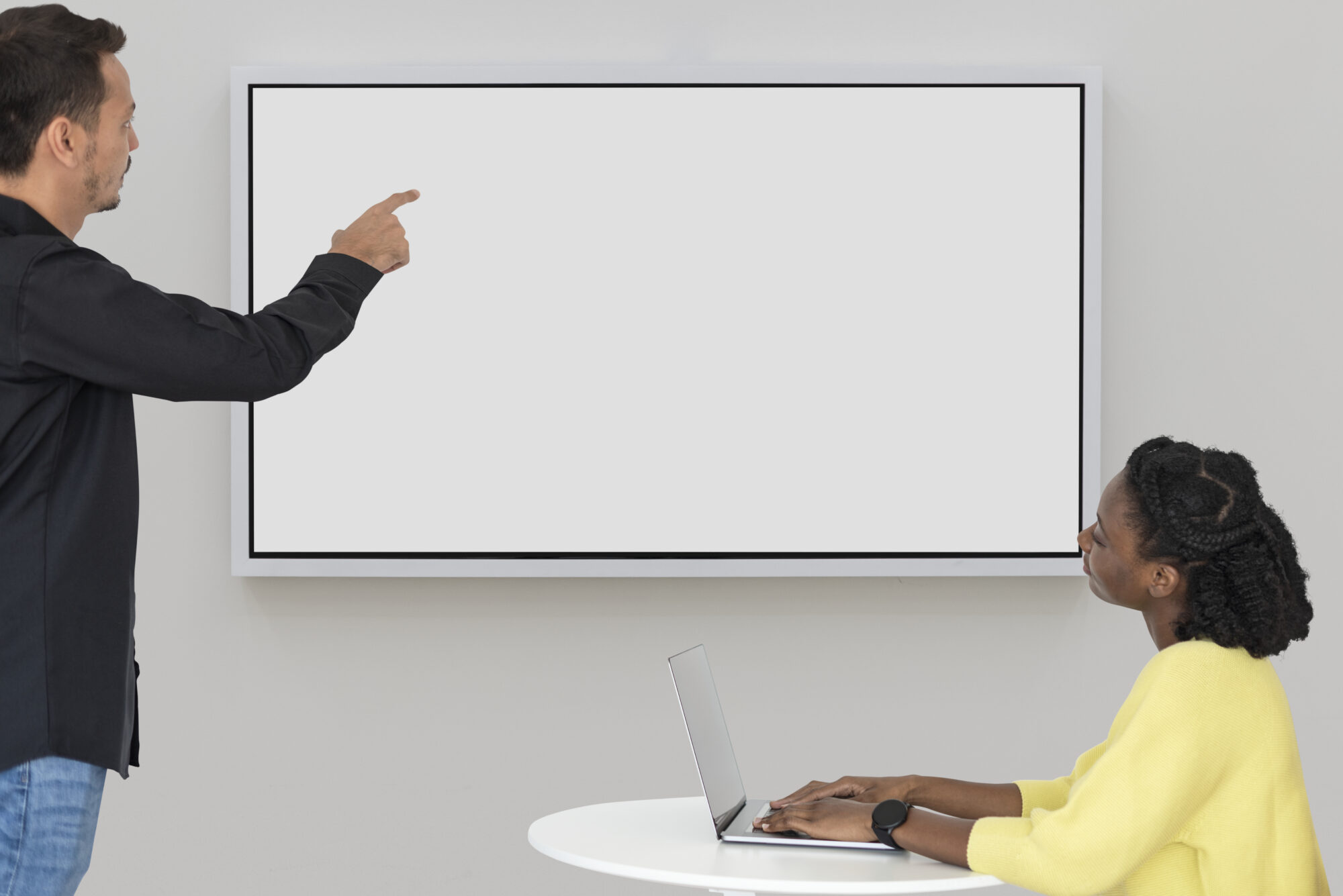Educational technologies are constantly improving, and modern teachers are increasingly faced with the choice: to use an interactive panel or a board. These two tools have their advantages and disadvantages, but each of them is capable of transforming an ordinary lesson into an engaging interactive event. In this article, we will examine both options to help you make the right choice for your educational institution.

An interactive panel or multi-board is a large touchscreen display that looks like a giant tablet. It has an integrated operating system (usually Android or Windows), which allows it to operate without additional equipment. The panel combines the functions of a projector, computer, and monitor, providing high-quality image and quick touch response. Interactive panels are available in different sizes, from compact 32″ to large 100″ models, making it possible to select the optimal option for any educational space. Optical bonding technology provides a wide viewing angle of up to 178°, allowing the image to be comfortably viewed from any point in the room.
An interactive whiteboard is a special surface that works in combination with a projector and computer. The projector displays the image on the whiteboard, and interaction is carried out using a stylus, touch, or laser pointers. Control is done through specialized software, which requires the installation of appropriate drivers. This ensures proper display of system components and touch accuracy adjustments.
Multimedia whiteboards have a lower initial cost, making them a more affordable option for educational institutions with a limited budget. Kits that include a whiteboard, projector, and necessary software typically cost significantly less than interactive panels. However, this affordable price comes with additional expenses, such as regular lamp replacement in projectors, software updates, and the need to purchase new styluses as they wear out.
On the other hand, interactive panels require a higher initial budget due to the built-in technologies and high-quality components. However, the lack of lamp replacement or constant projector adjustments significantly reduces operating costs. Additionally, panels have a longer service life, making them more cost-effective in the long term.
The interactive whiteboard is a good choice for institutions with a limited budget or for teaching basic interactive lessons. It is a simpler and more affordable tool that has already proven its effectiveness in many schools. However, its limitations, such as dependency on the projector, the need for calibration, and limited functionality, may become barriers for teachers who seek a maximum interactive experience.
The touch panel, on the other hand, offers broader learning opportunities. It requires a larger initial financial investment, but these costs are justified by its durability, low operating costs, and the ability to significantly improve the educational process. With high image quality, fast performance, durability, and multifunctionality, it is an investment in the future. The panel allows teachers to use modern teaching methods, easily integrate technology into lessons, and create engaging interactive sessions.
So, if you’re ready to invest in the future and want your students to have the best learning experience, the interactive multi-board panel is the right choice for you. Meanwhile, the interactive whiteboard remains a good solution for those who are just starting their journey into the world of educational technologies.